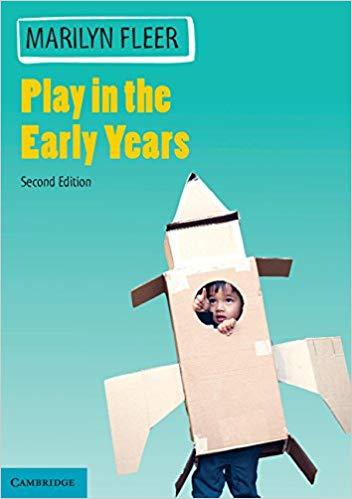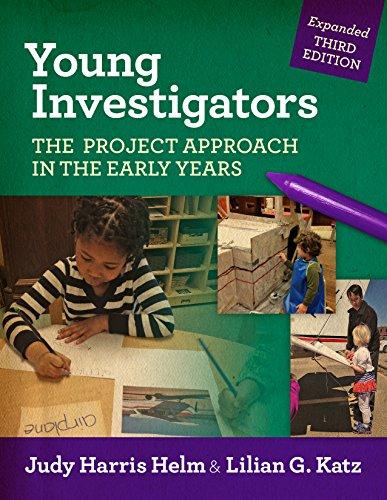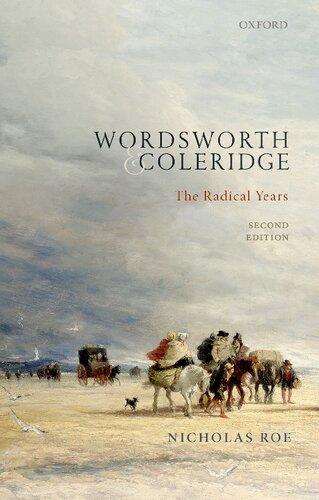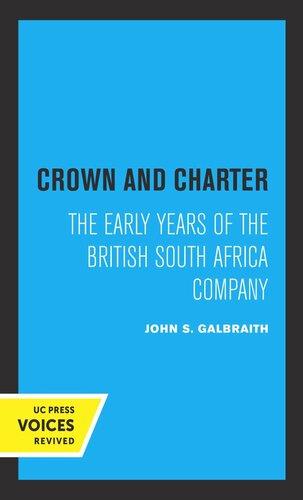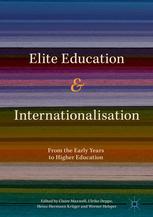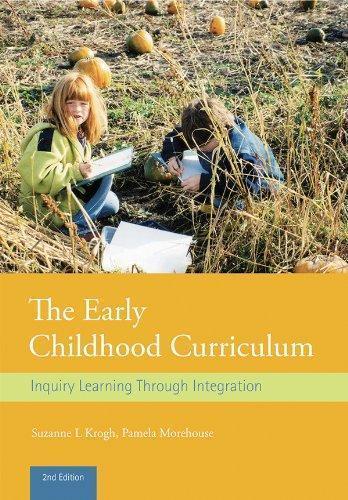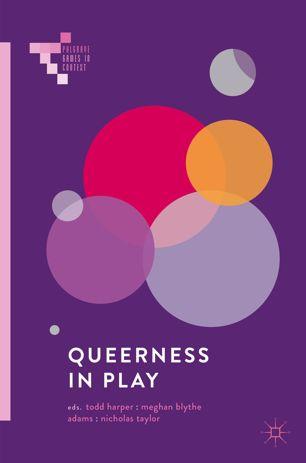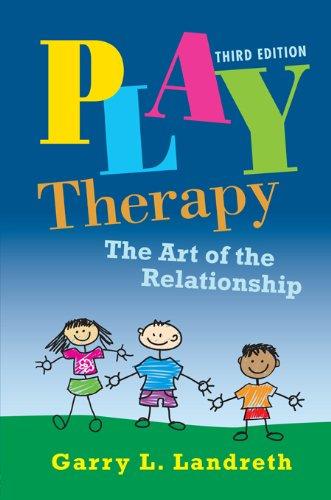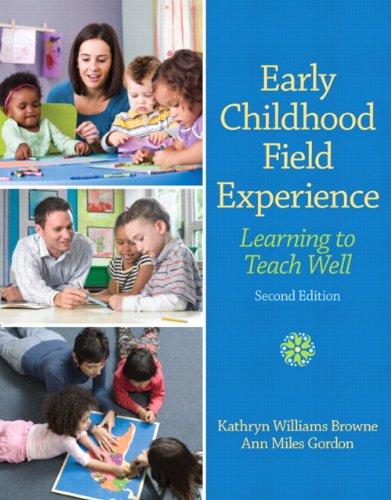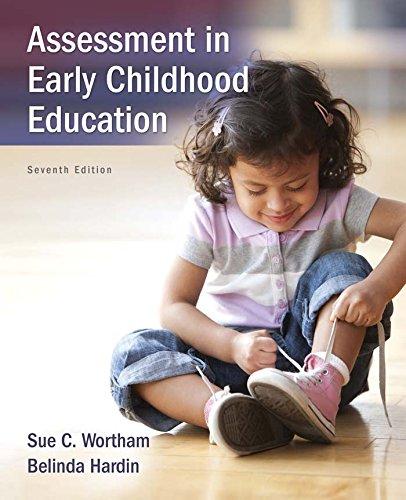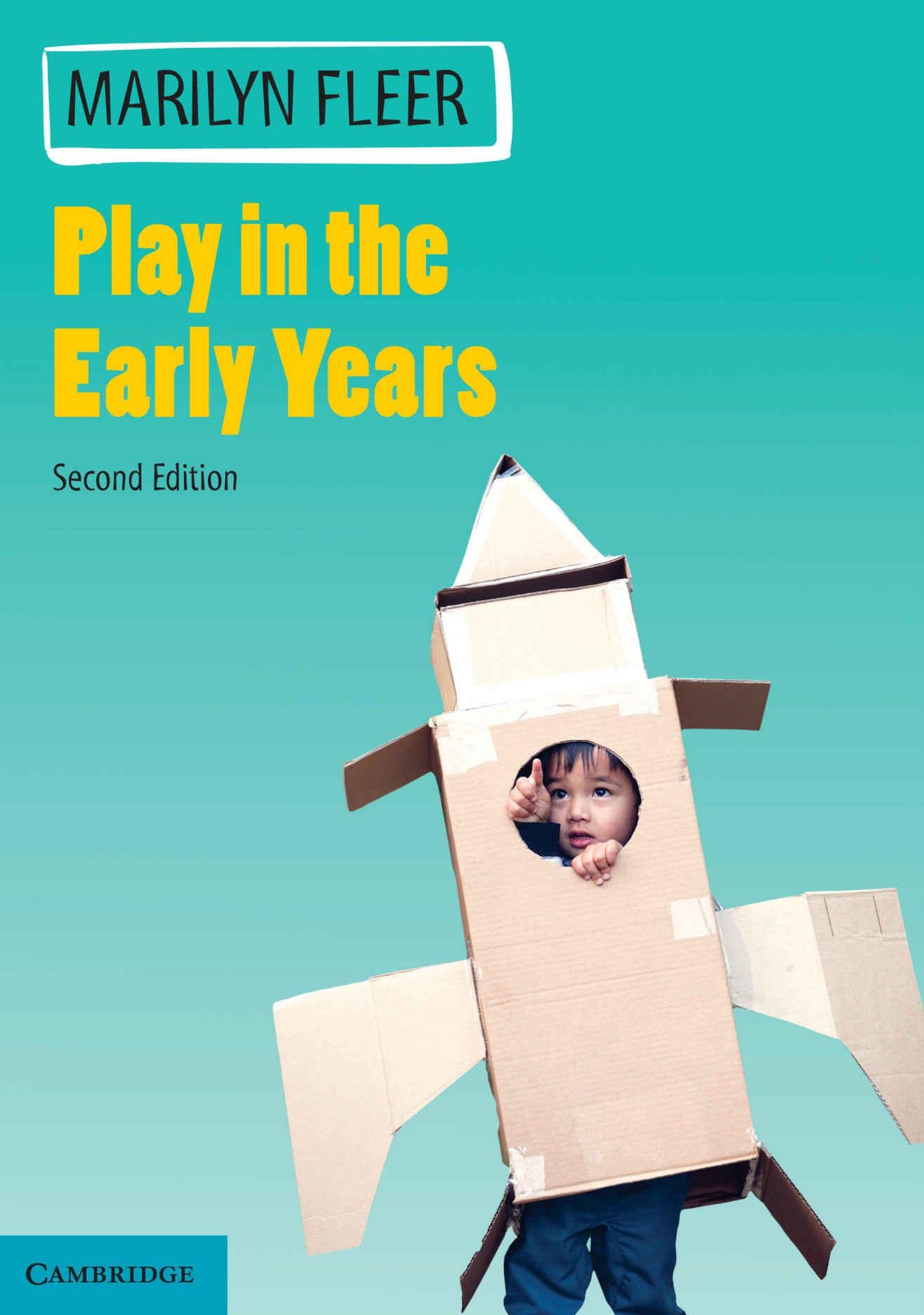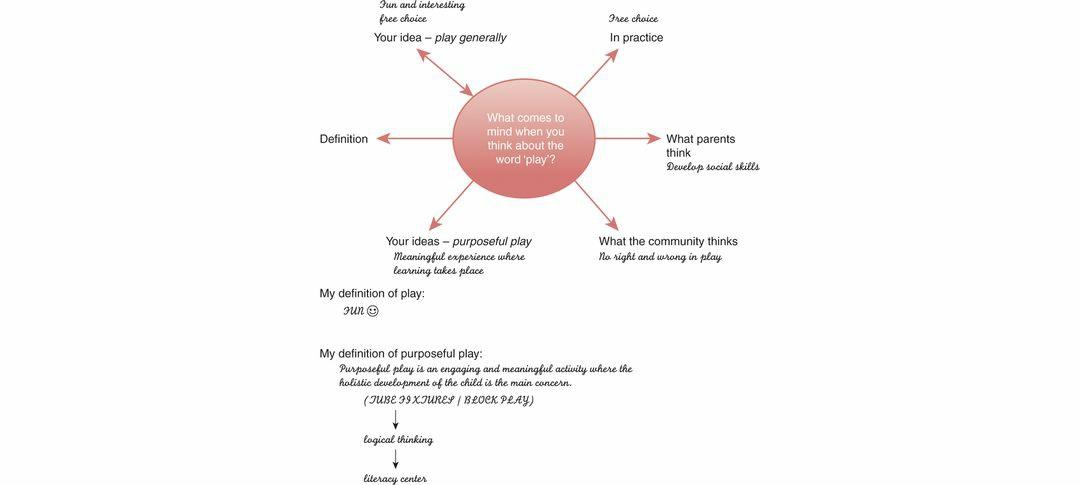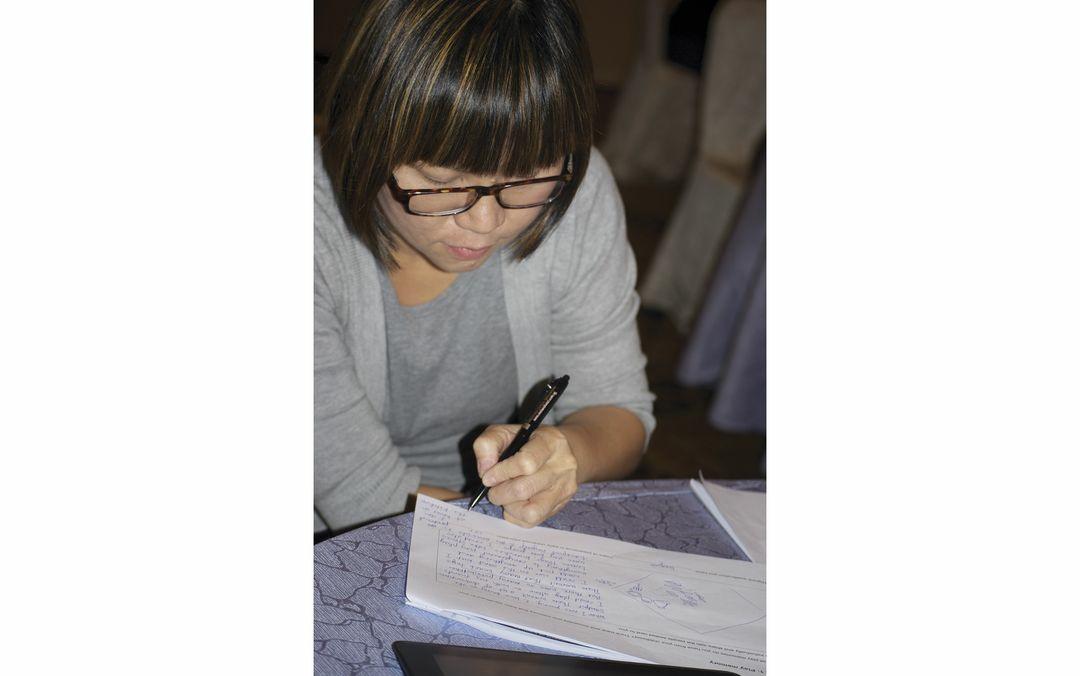The
Early Childhood Curriculum: Inquiry Learning Through Integration- 2nd Edition -2014, Ebook PDF Version
https://ebookmass.com/product/the-early-childhood-curriculuminquiry-learning-through-integration-2nd-edition-2014-ebook-pdfversion/
Queerness in Play 1st ed. Edition Todd Harper
https://ebookmass.com/product/queerness-in-play-1st-ed-editiontodd-harper/
Play Therapy: The Art of the Relationship 3rd Edition, (Ebook PDF)
https://ebookmass.com/product/play-therapy-the-art-of-therelationship-3rd-edition-ebook-pdf/
Early Childhood Field Experience: Learning to Teach Well 2nd Edition – Ebook PDF Version
https://ebookmass.com/product/early-childhood-field-experiencelearning-to-teach-well-2nd-edition-ebook-pdf-version/
Assessment in Early Childhood Education 7th Edition –Ebook PDF Version
https://ebookmass.com/product/assessment-in-early-childhoodeducation-7th-edition-ebook-pdf-version/
Contents
Chapter 1 What is play?
Introduction
What is play?
Play memories
Intergenerational play memories
Supporting school play
Conclusion
Acknowledgements
References
Chapter 2 Children’s perspectives on play
Introduction
Understanding infants’ and children’s perspectives
What children say about their play
Creating the conditions for gaining the child’s perspective
Interpreting data on children’s perspective
Conclusion
References
Chapter 3 Families at play
Introduction
Historical understanding of play
Learning to play
Conclusion
Acknowledgements
References
Chapter 4 Digital play and digital tools to support learning
Introduction
Infants’ and children’s technological contexts
Technological toys for supporting children’s play
Technologies environments
The program in action
Conclusion
Acknowledgements
References
Chapter 5 Playing in schools
Introduction
How do we support play in schools?
Developmental education: A case study from the Netherlands
A play-based inquiry approach in schools that supports learning the content of the Australian Curriculum
Practical examples of support for a play-based approach in schools
Conclusion
References
Chapter 6 Lenses on play: Classical and developmental theories of play
Introduction
Analysing play observations
Classical theories of play
Developmental theories of play
Critiques of developmental models of play
Conclusion
References
Chapter 7 Lenses on play: Post-structuralist analyses of children’s play
Introduction
Post-structuralist theory of play
Play in undemocratic institutions
Conclusion
References
Chapter 8 Lenses on play: Cultural-historical conceptions of play
Introduction
Cultural-historical understanding of play
Cultural-historical models of play
Conclusion
Acknowledgements
References
Chapter 9 Play in the curriculum
Introduction
Analysing play in the curriculum
The elasticity of curricula: A case example from Australia
A socio-cultural curriculum: A case example from New Zealand
Reggio Emilia, Italy
The playing learning child: A case example from Sweden
Teaching in play-based programs
Conclusion
Acknowledgements
References
Chapter 10 Planning for play development
Introduction
The relationship between play, learning and development
Challenges for play, learning and development
Theory of mind and play
Play and imagination
Planning to develop play complexity
Planning play environments
Supporting the youngest players: Building relationships in play
Planning for the development of multiliteracies through play: A case example
Conclusion
References
Chapter 11 Assessment through, of and for play
Introduction
Assessment through play
Assessment of play
Assessment for play
What theory drives your play practices?
Self-assessment of play practice: What theory drives your beliefs?
Conclusion
Acknowledgements
References
Chapter 12 Being a play activist
Introduction
Advocating for play
Discourses
Taking a position: Banning play
Taking a position: School playground play
Play as a leading activity in the early years
Conclusion
References
Index
Introduction
What is play? How does play develop? What is the relationship between play, learning and development? This book looks at these central questions from the perspectives of children, families, educators and what is known from research. We begin this journey in this first chapter by looking at your ideas and the writings of others on the topic ‘What is play?’
This chapter has been designed to give you the following experience and understandings:
Through making explicit your own views on play, you will move from an intuitive to a conscious understanding of the social, psychological and critical value of play.
You will gain insights into the multiple perspectives on what play is (this chapter) and the chapter will lay the foundations to enable you to critique different theoretical perspectives on play (later in the book).
Engaging with the book
This book has been designed to support your learning journey through considering the value of play for the child, and the theories and practices of play within the birth to age 8 sector. We take a theoretical and practical exploration of play, specifically foregrounding how children make meaning of play, how we as professionals support the development of play and the pedagogical practice of play, and how we value and advocate for play in the community. We assume that
play needs to be supported, and throughout this book discuss ways in which this can occur in the school, preschool and after-school contexts, as well as in the home and a range of play and care settings. Although we focus specifically on the birth to 8 years sector, we also focus on the play practices and beliefs of adults. As you read the chapters of this book, we ask you to reflect upon the following key questions:
What is play?
Are there different expressions of play across communities and families?
Is play valued?
What is the value of play for the infant/child?
What are the benefits of play?
What are the challenges to play?
Do relationships develop through play?
Is play a special form of relationship interaction and feeling between infants/children and between infants/children and adults?
What is your role in play?
How does play develop?
The Play in the Early Years companion website provides links to additional resources, videos and activities to expand on the content of
the book. These resources are identified throughout the book with this margin icon.
What is play?
When you hear the word ‘play’, what comes to mind? Create a concept map of everything that you think is associated with play or draw an image of play in action in preschool and in school.
Researching play 1.1
Concept map of play
Using the concept map of ‘play’ shown in Figure 1.1, record everything you associate with this word. Alternatively, draw images of children at play in a range of settings.
Figure 1.1 Concept map of the word ‘play’
Using the content of your concept map, create a definition of play. Take your key ideas and definition, and compare these with the key ideas and definitions of others in your group. It should become evident that there are many different definitions of play. If we examine the literature, we will also find a diversity of ways of defining play (Rautio & Winston 2013). An example is shown in Figure 1.2. In their research into the views of student teachers in the United States, Sherwood and Reifel (2010) noted a range of characteristics of play. They were unable to identify a consensus of play characteristics, instead clustering the responses into a broad range of characteristics, as shown in Table 1.1.
Figure 1.2 Reflecting on ‘What is play?’
Table 1.1 Characteristics of play in preschool and school
Characteristic
Child-determined
Creative and imaginative
Fun
Less serious – not focused on a specific outcome
Physically active
Socially interactive
Less academic
Example
Something children choose to do – not work.
Based on children’s own imagination.
Play is fun and not like school work.
Free spirited – in play, children can learn if they want to.
In play, children are active and move about a lot.
In play, children interact socially.
Play is not related to a subject, such as mathematics or literacy.
Uncertain
Affective
Viewed as a reward
What is play?
The emotional dimensions are felt in play.
Play is used as a reward for good work or good behaviour.
Passive learning
Not driven by externally driven rules
Relaxing
In play, children do not need to do brain work.
Board games – no need to follow classroom rules.
Board games are relaxing.
Positive Play should have a positive outcome.
Valuable
Based on perspective
Reflection
Play is important, regardless of how it is defined.
Children will have a different view of play from adults.
As you read through these characteristics, note whether you agree or disagree. Consider whether these characteristics reflect your cultural community. The characteristics shown are in line with research by Sherwood and Reifel (2010). However, you may identify other characteristics.
Burghardt (2011) states that there have been hundreds of books and thousands of research papers written over the past 100 years that focus on play. Yet, as Wood (2014) suggests, while many people recognise play when they see it, they may have a lot of trouble defining it. You may also have had difficulty with this when you created your concept map of play and then created your own working definition. Studying play is a serious scholarly activity in early childhood education and in schools. Some examples from the literature follow in Table 1.2, where you will notice a broad range of ways of defining play.
Table 1.2 Defining play
Source Definition
Bergen (2009) Play must be fun, gives internal control, expresses intrinsic motivation and internal reality. [discussed in Burghardt 2011]
Göncü & Gaskins (2011)
Gray (2009)
Symbolic play refers to children using an object or language as a signifier (e.g. stick) to represent something else (such as a horse): ‘any aspect of children’s lived or imagined experiences such as social roles, situations, activities, or objects’ (2011, p. 48).
Play is the self-directed and self-chosen activity of children; it is intrinsically motivating, is organised through rules, it includes imagination, and is not stressful. [discussed in Burghardt 2011]
Waite and Rees (2014) Play combines intimacy and communication,
makes use of props and toys, and usually involves more than one player.
Roopnarine (2011) ‘Play is defined as both culturally framed and unframed activities that are subsumed under the umbrella of “playfulness”’ (2011, p. 20).
Vygotsky (1966) When children create an imaginary situation, it changes the meaning of objects and actions.
In his comprehensive analysis of the range of definitions of play, Burghardt (2011) suggests that the defining criteria, such as ‘fun’ or ‘intrinsically motivating’, are difficult to apply to observations of young children and infants at play. How do we know the play was actually ‘selfchosen’, and that children’s play is about ‘expressing intrinsic motivation’? As Burghardt suggests, it is difficult to distinguish between ‘rough-andtumble’ play and ‘bullying’. He also suggests that the characteristics of play that particular authors recommend in their definition are not usually weighted. That is, we do not know which characteristic is more important –for instance, is showing pleasure in play more important than creating an imaginary situation? What do you remember about your own play experiences as a child? Were they happy? Can our own memories of playing provide further insights into what is play?
Play memories
Play appears to have a lasting effect, as illustrated by this play memory from Ella:
Memories of being 6
I grew up on a farm. We had at our disposal in the paddock large fallen-down trees, which had been pushed together. These fallen trees, with their rough bark, broken branches and exposed roots, became our ships. Groups of boys and girls would congregate around these trees, naming their ships and collectively creating their adventures. These were genderless ships. We would jump from ship to ship, totally engrossed in our latest imaginary adventure. We imagined violent seas, storms encroaching upon our fleet, stealing each other’s ships, being pirates and saving people from drowning. We created our imaginary world of ships. We controlled our imaginary world. We felt powerful. (Ella, 15 years)
Reflection
Ella felt powerful. What is special about your own memories of play?
Memories of childhood are often about fantasy or social play. In early childhood education and in some schools, play has been seen as the central
concept that underpins this area of teaching, regardless of how it is named or defined (Ridgway, Quinones & Li 2015). In most European-heritage communities around the world, play is valued both pedagogically in the teaching community and conceptually in the academic community, and it is also valued for its own sake by most families (Wood 2014, 2015). Why is play so highly valued in these communities, and why do so many people remember the play of their childhood?
Researching play 1.2
Childhood play memories
What play memories do you have from your childhood? Think back and document one memory that feels significant to you.
When we spoke to practising teachers in Australia about their play memories, they mentioned that their play:
captured an important feeling state – it felt ‘good’, ‘happy’, ‘safe’ or ‘risky’
was often unsupervised – playing from dawn until dusk, only needing to be home before dark
featured groups of children – usually of different ages, living within the neighbourhood, converging like gangs and roaming streets or paddocks/vacant land involved nature – trees, rocks, long grass, dirt and so on did not include adults often involved high levels of risk: jumping from unstable structures, climbing old trees, wading through creeks, using broken glass.
The play memories of the Australian teachers we interviewed were different from the play experiences of the children they taught. These teachers identified that play for the children in their centres and classrooms was about using manufactured toys, being supervised by adults, having organised play spaces (e.g. a playroom) and playtimes (e.g. play dates organised by the
parents, driving children to another child’s home), use of safe equipment (playgrounds carefully policed), age-appropriate toys (with infants, toddlers, preschoolers and school children having different kinds of safe toys) and nonmessy activities.
Reflection
Reflect upon why you think the teachers’ play memories were so different from the play experiences they set up for the children in their centres and classrooms. Have our policies and regulations for safe environments reduced children’s opportunities to play, to take risks and to simply experience the world for themselves? Are we over-regulating children? Do we create learned helplessness? From the child’s perspective, what might be the challenges for them in their play?
In Sweden, Sandberg (2003, p. 212) has investigated the play memories of 478 university student teachers between the ages of 20 and 62 years, finding that their play was connected with physical environments (e.g. private home, country, garden, farm, natural settings, the woods, water, trees, outdoor areas), focused around social contexts (e.g. parents, siblings, friends, animals, relatives) and cultural environments (e.g. cinema, disco). These environments were highly significant because the place of play held a creative dimension for the student teachers. She looked closely into the play memories in relation to age:
Ages 3 to 6 years. Play mostly featured natural settings, such as playing with a cat, family play, playing with pegs, fantasy play – such as pretending to cook – or being on a hobby horse. However, the play also featured a diverse range of play contexts, such as the sandbox, playhouse, playground and preschool.
Ages 7 to 12 years. Playing in natural contexts also featured for this age group – such as playing ‘hide and seek with friends’, cycling on tracks, building secret places, playing horse and stable, family play and store play. Other kinds of play included playing school, charades, play in the schoolyard, sports (basketball, football), sandbox play and building a playhouse.
Ages 13 to 18 years. Places that were identified by this age group as affording what might be deemed leisure or play spaces included restaurants, department stores, the cinema and the disco. Only some featured secret places, clubs and youth centres.
Adults. Mostly the places that afforded leisure or pleasurable memories named by 487 of the university students included natural settings, restaurants, department stores and cinemas, as well as play with children in school (e.g. hunting games, sandbox play).
Reflection
In the play memories discussed above, did you notice similarities across ages? What were the differences you noticed? Why do we say that children play and adults work? Do you think adults play in the same way as children? Does age matter? Reflect upon your own play
across a range of ages. What do you notice about your own play development over time?
It is interesting to note the play memories that were important in the Swedish context. We can see similarities with the Australian teachers in terms of mentioning ‘nature’ as an important place to play for children, but also somewhere to enjoy as adults. Research shows that children’s early experiences of nature have a positive and lasting effect (Payne 2010). Further to this research, another study was undertaken in Sweden of 111 adults aged from 22 to 63 years (half of whom were experienced preschool teachers, with the others studying a degree in early childhood education), who were interviewed about their play experiences as children (Sandberg & Vuorinen 2008). The types of toys with which these teachers and student teachers recall playing tended to fall into six categories:
toys for playing house (e.g. dolls, household utensils)
outdoor toys (e.g. skipping ropes and natural materials, such as stones)
doll play focused on fashion, such as Barbie dolls, make-up dolls and paper dolls
creative resources (e.g. watercolours, paper and pencils)
collections (e.g. posters or collectable items about movie stars)
other toys (e.g. My Little Pony, Lego, weapons, cars, board games).
The toys that dominated the play of school-aged children tended to be skipping ropes, balls and natural materials. However, the most popular game
was doll play. The favourite memories of playing as a preschool-aged child tended to be doll play and playing with soft toys.
It is interesting to notice that the most popular play activity in this Swedish study of mostly female early childhood teachers and student teachers was play with dolls. However, the play memories suggest that the school-aged children played with the dolls in different ways from the preschool-aged children. Fashion and other adult representation of play featured for the older children, while for the younger children the play was about families, feeding and looking after babies and soft toys.
Reflection
Reflect upon what might be seen as progression in play development. In playing with dolls in the ways described in the Swedish study, do you think this represents some form of progression in play? How would you decide? What might be evidence of more mature or complex forms of play? How would you decide whether the play was more mature or complex? What criteria might they use? Perhaps age does not matter, but opportunities and time to play do.
What is interesting about Sandberg and Vuorinen’s (2008) study is the perception by the participants that the play of children in the past (the teachers’ memories of their own play) was different from the play of children today (their observations of children at play). The teachers and student teachers ‘perceived deficiencies in the imaginative and creative abilities of children, as well as in children’s ability to initiate and start play’ (2008,
p. 140). The older participants suggested that ‘children no longer can, or need to use their imagination in play’ because many toys are ‘ready-made and made for a specific use’; these were viewed as limiting the children’s abilities to use the toys in a range of creative ways. For example, ‘children today have “trouble” playing, and children were not seen as being as capable of initiating play’ (2008, p. 140), as the following comment suggests:
[T]hey’re not self-sufficient either … you almost have to tell them that –‘There is a skipping rope over there, you could skip rope’. Instead of them just automatically taking the skipping rope and going outside.’
Reflection
Do you agree with these negative conceptions of play? If you asked teachers in Australia and New Zealand about play, do you believe you would have the same result as Sandberg and Vuorinen? Could the different environment and cultural community determine thinking about play across generations?
Sandberg and Vuorinen’s (2008) study also notes that participants believed that children’s opportunities for playing with a range of age groups had diminished, and that children had fewer children to play with, while at the same time children had access to an increased number of toys (compared with previous generations). The teachers felt that children’s parents were thought to be interrupting and controlling children’s play, and even limiting the amount of free time available to children at home. This comment is consistent with research by Wong (2012) into Hong Kong-Australian family
home practices. Wong also noted that parents closely scheduled children’s time, thus reducing opportunities for free play. In addition, it was felt that children were passive consumers of media, and this meant fewer opportunities for initiating and extending play in the home. Changes to society were blamed for the children’s changed play practices, such as:
new technologies
a better economy urbanisation women’s entry into working life, and children’s time being over-organised by parents (Sandberg and Vuorinen 2008).
Bodrova’s (2008) research in the United States reveals that the children she studied only played with packaged toys and not natural materials. She argues that if a child wishes to play doctors and nurses, then the child simply uses a Doctor Barbie, where the clothing and role are already assigned. Miniature objects are provided, and the child simply uses the toys as presented. Her argument is that children have lost the ability to use natural or non-specified materials to enrich their own play, such as when a child takes a broomstick and pretends they are riding a horse. Bodrova notes that more and more children who are entering kindergarten have difficulties creating imaginary situations, and engage in a practice called ‘dump and run’ , where they pick up an object in a preschool, study it momentarily, drop it and then move on to another object somewhere else in the kindergarten. One could liken this behaviour to that often observed in museums, where children flit from
display to display, never staying long enough in one place to become engaged in the experience.
What these examples of play memories highlight is that the term ‘play’ should not be thought of as a static, unchanging concept for explaining ‘what is’ and ‘what is not’ play – this contrasts with what is often presented in books on play, where the view is put that play is natural (see critique by Göncü, Jain & Tuermer 2007). How we define play has evolved over time, with strong arguments being put forward for play being dynamic and culturally defined (see Gaskins, Haight & Lancy 2007; Pellegrini 2011; Roopnarine 2011).
This becomes more evident when we go beyond one cultural community. When we spoke to practising teachers in Singapore about their play memories, they often mentioned that in their play:
a lot of time was used for play, and as a result the play was quite expansive (but now there is no time)
nature was an important feature (but now children are given readymade toys)
children needed to use their creativity and imagination because they didn’t have toys – often they had to make their own toys (for example, by cutting out magazine pictures as paper dolls and designing their own paper clothes)
children spent a lot of time doing messy things, like playing with mud
they regularly played with groups of children of all ages, usually in their local kampong (community or village)
Reflection
Figure 1.3 Remembering play experiences they took great risks, not necessarily playing in a ‘safe manner’, and no one worried about the ‘risky play’ in which they engaged (unlike today).
Reflect on how play might look in different contexts (preschool, school, home), in different countries, within different communities or even across families. Is play universal, or might it be culturally constructed? Invite members of your family to talk about their play experiences (e.g. grandparents, parents). Analyse the findings and compare them with the research findings of Bodrova, Sandberg and Vuorinen, and of Wong.
Figure 1.4 Recording play memories
We can see great variation in how people think about play and the ways in which they value play across communities. Wong (2012) shows how families value organised academic activity rather than free play for the Hong Kong-Australian families she studied (Wong & Fleer 2012). In Wong’s study, all the families timetabled activities (e.g. music lessons, music practice, swimming instruction, table tennis practice, homework) for children for seven days of the week, with only brief periods of play allowed (perhaps one hour of play with computer games).
Reflection
Reflect upon these family practices. Do you know families who also do this? What might be the reasons why parents value scheduling
experiences for their children rather than allowing the children to decide how they will use their time? What might be the positive outcomes? What might be the negative outcomes? Why do you think the Singaporean teachers mentioned this difference? What loss were they reflecting upon? What is your view?
In another example of research into the play practices of families across cultures, Tudge (2008) also notes great variability. He studied families at play across Greensboro in North Carolina, Obninsk in Russia, Tartu in Estonia, Oulu in Finland, Suwon in South Korea, Kisumu in Kenya, Porto Aegre in Brazil and Kisumu in Japan. Tudge observes that although all his families –except those from Kisumu – had objects for play that were designed for children, he found ‘clear differences in children’s play, particularly in the extent to which they have different types of objects available to them’ (2008, p. 182). For example, Tudge found that between 15 and 35 per cent of the observations he made were of children playing with toys, but the types of play were quite diverse. He notes that working-class children in Kisumu (Japan) played with objects found in their environment (natural or discarded adult objects), while middle-class children from Suwon (South Korea) were more likely to be playing with toys designed to support academic achievement.
Reflection
Reflect upon the differences in play environments across cultures noted by Tudge (2008). Do you think it matters what toys children
